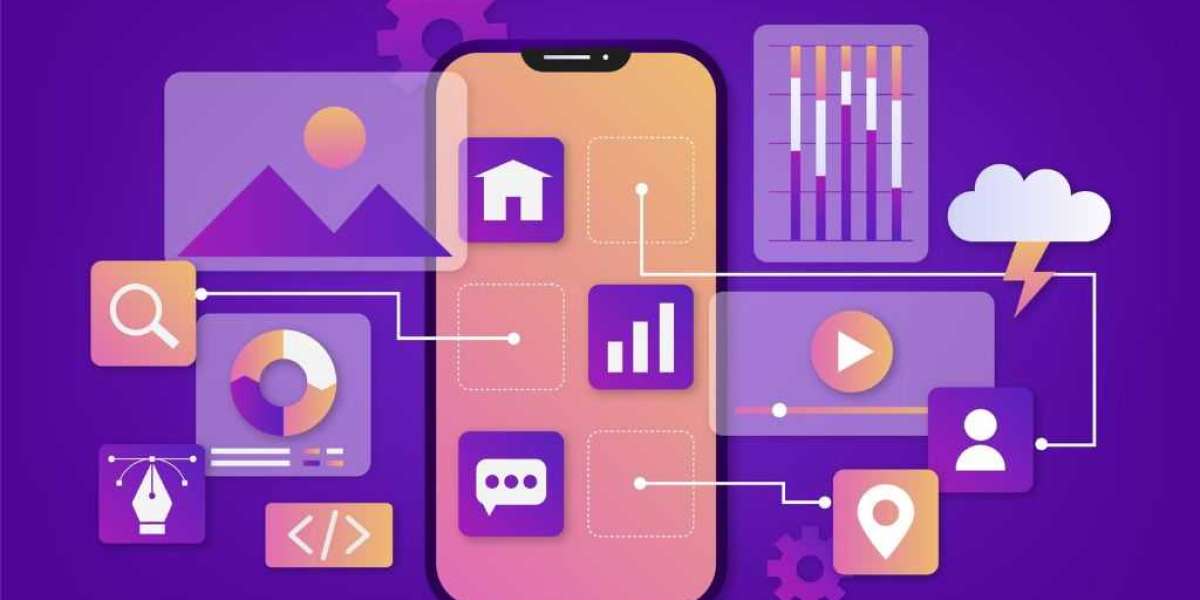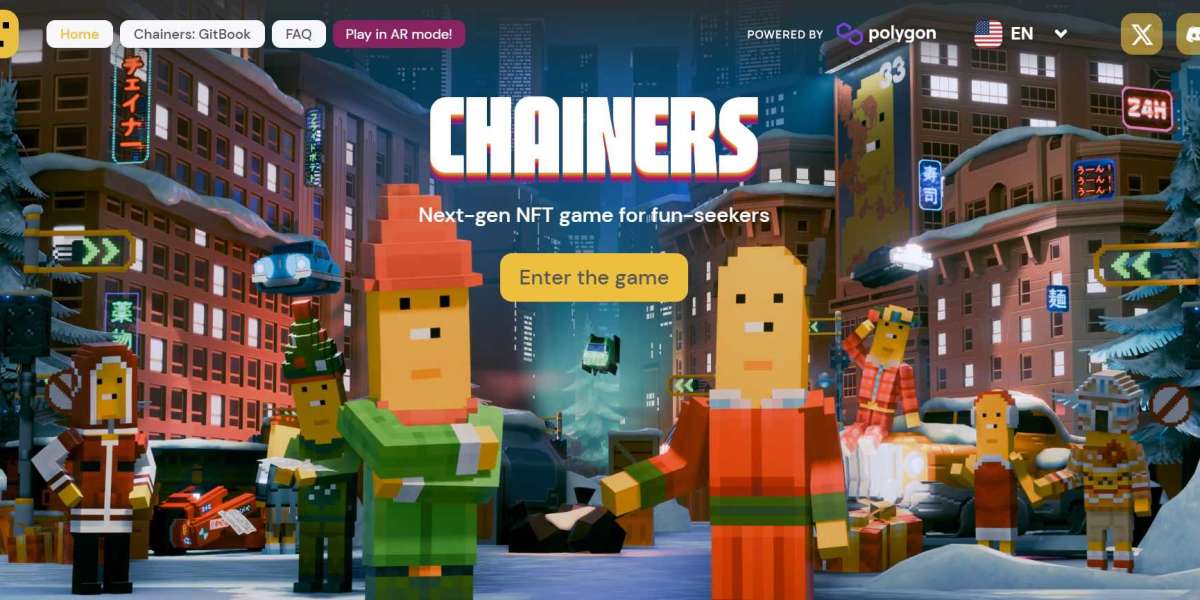Airbnb is one of the most well known companies in the sharing economy space, facilitating millions of stays in homes around the world. Starting from humble beginnings in 2008, Airbnb has grown exponentially to become a multi-billion dollar company, pioneering the home-sharing market.
Creating a mobile app as successful as Airbnb may seem like an insurmountable challenge. However, breaking the process down into clear steps makes it feel less daunting. In this article, I will outline the 12 main steps to creating your first home-sharing mobile app. While there will always be hurdles to overcome, focusing on one step at a time will help you stay on track to launching a functional MVP.
Step 1: Define Your Idea and Target Market
The first step is to brainstorm app ideas that solve problems or meet needs for a target user group. For example, you may focus on short-term vacation rentals in a specific region or niche home types like cabins, boats etc.
Conduct market research to validate your chosen idea and deep dive into understanding your potential customers' pains and gains. Research competitors to identify any gaps or underserved markets in your area. You can survey target users or conduct interviews to gather qualitative insights. Tools like Google Trends and Keyword Planner can provide competitive keyword data and demand signals.
Learning as much as possible about your target users upfront will help ensure your app solves real problems and helps shape your product roadmap. Document your market research findings to refer back to later in the development process.
Step 2: Create Wireframes and Flows
With a validated idea and target in mind, the next step is to map out your app vision through basic wireframes. Wireframes are simple sketches of key app screens without design elements, focused on layout and functionality.
Some key screens to include are: home/browse listings screen, individual listing screen, calendar availability, profile/account screens, login/signup, payment etc. Also map the main user flows and navigation between different sections.
During wireframing, focus on what information and actions will be available on each screen rather than visual polish. Having a blueprint of screens and flows you will build helps you and any developers stay organized and on the same page as the app takes shape. Checkout: https://zipprr.com/airbnb-clone/
Step 3: Plan Database and Backend
To power the dynamic components in your app, you will need a database to store and retrieve listing information, user profiles, reviews etc. Consider a relational database like SQLite or MySQL for a typical MVC (model-view-controller) setup.
Alternatively, opt for a flexible NoSQL database like MongoDB if your data structure may evolve over time. Cloud-hosted options like Firebase provide a real-time database with automatic syncing across devices without server management.
Additionally, plan the basic structure of your back-end API endpoints for front-end/back-end communication. Common RESTful routes may include GET requests to fetch listings/profiles and POST routes to create new listings/reviews.
Having the database and API endpoints figured out early allows seamless integration of data layers as you build out views. It's easier to modify than retrofitting later.
Step 4: Design App Screens and Interface
With the structure and flows finalized in previous steps, the next phase is to design polished UI mockups. Mockups communicate the look and feel of screens across different states without requiring any code.
Tools like Sketch, Figma or Adobe XD let you layer interface elements, add interactions and share designs. Designing all key app screens brings your ideas to life visually and helps gain alignment before development begins.
Some best practices to keep in mind are easy scanning of information, large comfortable tap targets, consistent layouts, readable typography across various screensizes and platform guidelines for both iOS and Android. Usability testing early designs can uncover any confuse flows or missing functionality.
Well designed mockups serve as the style guide for developers to build pixel-perfect screens specified in the design.
Step 5: Build Front-end of App
Once satisfied with designs, it's time to code the front-end. Popular hybrid frameworks like React Native and Flutter let you build native iOS and Android apps using shared code via JavaScript or Dart.
Start with basic screens specified in wireframes and integrate any core components like listings, profile widgets etc. Follow the component-based architecture of frameworks to build reusable UI fragments.
Mock API endpoints to fetch and return dummy data while focusing on view layer development. Hardcoding data keeps the app buildable while waiting for real backend integration later.
Opt for best practices like separating container and presentational components, managing state with Redux, and testing iteratively with end users to refine the experience.
Step 6: Add Core Features and Functionality
At this stage, functionality becomes the priority over new screens. Implementation of core flows like:
- Listing creation form with images, amenities, calendar etc
- Search/filter listings by location, type, dates etc
- Enabling calendar selection and booking process
- Messaging/chat between users
- Profile and account settings
- Payment integrations (if applicable)
Adding these key features transforms the app into something substantially more useful. Iterate on refinement and usability based on feedback before moving on.
Step 7: Optimize User Experience
Once the core app is well-rounded, it's time to focus on optimizing the user experience via testing and improvements. Conduct extensive usability testing with target users to evaluate:
- Intuitiveness of navigation and interactive elements
- Effectiveness of on-boarding and tutorial process
- Speed and responsiveness across different network conditions
- Clarity of visuals, instructions and error messages
Prioritize fixes and improvements based on frequently encountered difficulties or confusion points expressed by testers. Refining small details at this stage leads to a far more polished app experience.
Step 8: Launch on App Stores
With testing complete, the app is ready for public debut! Publishing to app stores requires some final preparations:
- Set up developer accounts and publish the app on Google Play and Apple App Store connected to payout details
- Create polished icon, screenshots and app descriptions highlighting key benefits
- Promote pre-launch to gain interested users before going live
Soft launch builds early reviews and lets you address any launch bugs before going full steam. Promote through relevant online communities, influencers and PR when ready for a wider audience.
Step 9: Grow User Base and Engagement
The launch is just the beginning - now focus on growing your user base. Organic growth through a truly useful product experience will be augmented by paid user acquisition tests:
- Facebook and Google ads can help scale discovery through targeted interests
- Re-marketing to past users and site visitors helps retain interest
- Leverage ARPU (average revenue per user) metrics to optimize ad spend
- Refresh on-boarding flows and promote core value props to boost retention
Understanding user behavior via analytics also provides insights for future product enhancements or channels needing reinforcement.
Step 10: Refine Based on Metrics and Feedback
Once in market, it's essential to closely analyze app usage and conversion data across signup, listings visited, bookings completed etc. at a granular level. Compare against key benchmarks and metrics like:
- DAU (daily active users), WAU (weekly active users)
- Retention over sessions, days, weeks
- Dropout points and steps with low conversion
- Most/least used features based on engagement
Monitoring reviews and direct user feedback also helps optimize for speed, crashes or confusing areas reported. Implement improvements identified on bi-weekly sprints to continually upgrade the product.
Step 11: Monetize Through various options
To generate revenue, different monetization models can be tested such as:
- Subscription plans (monthly/annual) for premium listing or user features
- Service fees charged on booking transactions or completed stays
- Revenue share agreements with property managers
- In-app purchases for filters, recommendations or bookings
- Advertising listings or services within the app experience
Test different combinations and analyze impact on conversions versus revenue uplift. Multiple options allow flexibility for hosts and travelers.
Step 12: Scale Team and Operations
As user base scales exponentially, it's time to expand the team and formalize processes. Consider hiring additional roles like:
- Designer for interface refinement and feature prototyping
- Specialized developers for efficient code scaling
- Customer support reps to handle inquiries at scale
- Operational roles for tasks like listing validation
Additionally, establish frameworks for:
- Agile workflow from idea to production via tools like Jira/Trello
- Code quality and security best practices across repositories
- Continuous integration and deployment pipelines
- Analytics and metrics-driven decision making processes
Well documented SOPs (standard operating procedures) help onboard new hires seamlessly and ensure quality as the team expands to support product growth.
Conclusion
Developing a successful mobile application is a challenging marathon, not a sprint. However, breaking it down into clear steps makes the process feel less daunting. By following this guide to create your minimum viable product in a methodical manner, learning from feedback, and continually optimizing based on usage data - your first app can gain traction over time. The journey of a thousand miles begins with single step.



